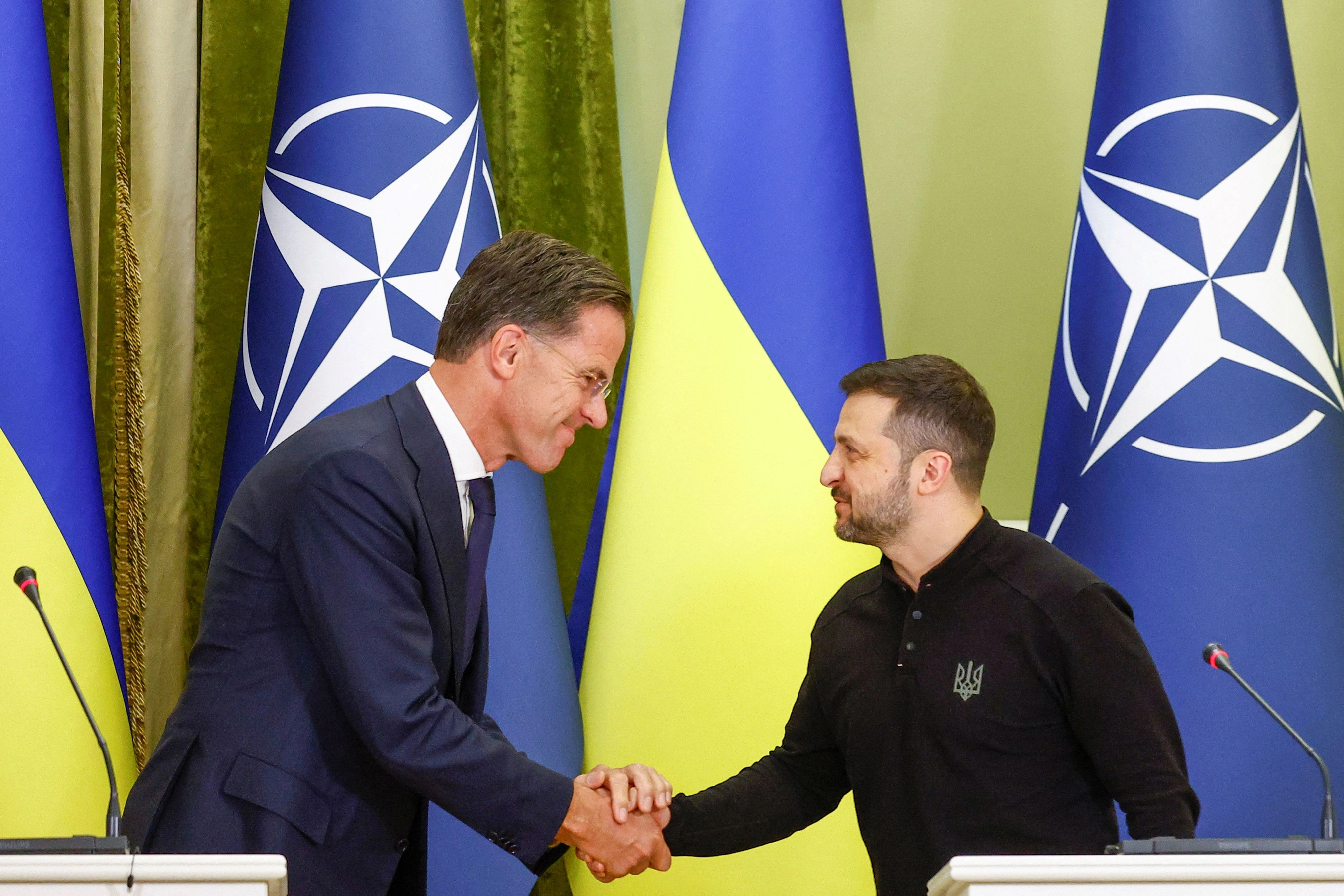EU Support for Ukraine Faces Challenges: Internal Divisions Threaten Aid Continuity and Commitment

EU Support for Ukraine Faces New Tests as Internal Divisions Grow
Shifting Dynamics in European Assistance
Since early 2022, European nations have provided a vast array of financial, military, and humanitarian aid to Ukraine, collectively surpassing €160 billion in commitments. This unprecedented mobilization ranges from direct budget support to military supplies and energy sector investment. Yet, the ability of European institutions to maintain and expand this support is coming under increasing strain. The latest reporting signals that the coming months present acute challenges, as the resources and political will required for sustained engagement encounter new constraints. Decision-makers in Brussels are engaging in intense discussions over the extent and terms of future assistance, with skepticism growing about the bloc’s capacity for long-term support under present conditions.
The landscape of international backing for Ukraine has changed notably as American financial flows declined in recent months. European authorities have attempted to bridge this gap, but underlying concerns about the durability and scale of their contributions remain high. Military resources, reconstruction funds, and refugee relief are all under pressure amid competing domestic priorities and budgetary headwinds. The commitment from individual countries varies: some have signaled reductions in annual allocations, while others push to maintain previous levels. These fluctuations underscore the complexity of forming a unified response that meets both the immediate and strategic needs of Kyiv.
Internal Rifts Complicate Future Aid
A central feature shaping the outlook is the emergence of pronounced disagreements among European leaders. Prominent political figures have adopted divergent stances on how far collective commitments should extend. These differences are not purely fiscal but reflect variations in strategic vision and political risk tolerance across member states. Upcoming policy conferences, notably those focused on energy cooperation and defense industry partnerships, have become focal points for diplomacy as Ukrainian leadership seeks tangible guarantees for future investment and support. The uncertainty over forthcoming agreements is heightened by the shifting positions of key capitals and by leadership debates within the European Commission itself.
Recent developments in Brussels have elevated institutional uncertainty. Observers note that rising debate over the direction of central leadership, including potential moves for a leadership reshuffle, is affecting perceptions of the bloc’s stability and credibility. Any shifts at the top could have significant implications for policy continuity, particularly as the debate over Ukraine’s future integration into European structures intensifies. These political undercurrents are watched closely both in Kyiv and across neighboring states, where the clarity and predictability of European action are seen as pivotal to planning for security and economic recovery.
Critical Juncture for Ukraine’s Recovery Hopes
The upcoming recovery meeting in Rome highlights the urgency with which Ukrainian officials are engaging their partners. Energy policy and defense sector collaboration are seen as vital for rebuilding infrastructure and maintaining effective resistance. These talks are expected to address not just immediate aid packages but also frameworks for enduring industrial and technological cooperation. The backdrop for these negotiations is the escalating complexity of resource allocation on the European side, where the balancing act between domestic priorities and external obligations grows more delicate each quarter.
The pathway ahead for European support remains intertwined with broader questions about the continent’s role in global security and the principles guiding its foreign engagements. While previous years have shown Europe’s capacity to mobilize significant aid rapidly, current debates point to a new phase characterized by heightened scrutiny of costs, benefits, and member-state commitments. For Ukraine, the ability to secure continued investment and security guarantees may well depend on how these internal European debates evolve in the months to come.
